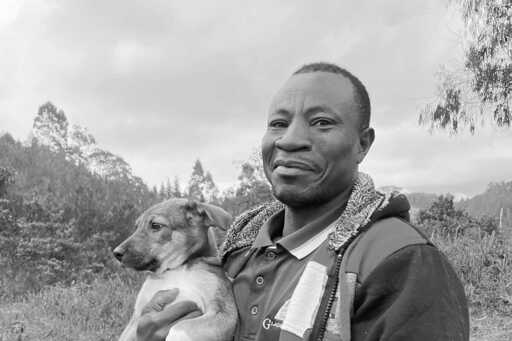He was born in the forests that would later define his life. In Tanzania’s Kilombero Valley, where mist drifts down from the Udzungwa Mountains, young Aloyce Mwakisoma learned the names of plants before he could read their Latin equivalents. His father, once a hunter, became a research assistant after hunting was outlawed in the 1990s, guiding scientists through the forests’ green labyrinth. Aloyce followed, absorbing both the language of science and the older wisdom of his Hehe elders, for whom every plant had a name, a use, and a story. As a boy, he would accompany his father and visiting scientists into the forest, listening as they discussed species and measurements, while memorizing the local names and the ailments each leaf or root could cure. He later became a research assistant himself. Once, while tracking Udzungwa red colobus monkeys for a study, a leopard leapt from the undergrowth and snatched a female colobus only a few meters from where he was resting—a reminder of the wild, unpredictable intimacy of the forest he knew so well. Aloyce Mwakisoma. Photo by Andrea Bianchi Over the years, he became one of the most respected field botanists in the Eastern Arc Mountains, an archipelago of biodiversity stretching across Tanzania. His deep, almost instinctive understanding of forest life made him indispensable to researchers and conservationists. He could distinguish hundreds of species by touch or scent, recalling the medicinal uses and local names that kept their memory alive. Scientists who worked beside him, like Andrea Bianchi,…This article was originally published on Mongabay
From Conservation news via this RSS feed


